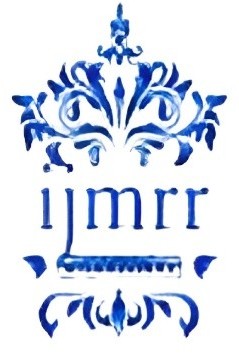Emotion Based Ambiance And Music Recommendation Using Deep Learning
Abstract
In today’s hyperactive and fast-paced world, individuals are constantly bombarded with stressors stemming from work obligations, social responsibilities, and the pressure to keep up with a rapidly changing society. This overwhelming pace leaves little time for self-care, particularly when it comes to mental and emotional well-being. As people push themselves to meet endless demands, their psychological health often takes a back seat, leading to long-term negative consequences such as anxiety, burnout, and emotional exhaustion. The growing awareness around mental health has prompted interest in solutions that can seamlessly integrate into daily life without requiring extra effort from already overburdened individuals.
A significant body of research highlights the powerful impact that ambient factors—especially lighting and music—have on human emotions. Warm lighting can evoke feelings of comfort and relaxation, while specific types of music have been shown to reduce stress and promote positive emotional states. Drawing on these insights, our solution proposes an intelligent emotional wellness system that uses a network of cameras and sensors to assess a person’s facial expressions and body language in real time. By analyzing these cues, the system determines the individual's current emotional state and automatically adjusts the environment to support their mental well-being—changing lighting schemes, playing mood-appropriate music, and even adjusting scent or room temperature if necessary.











